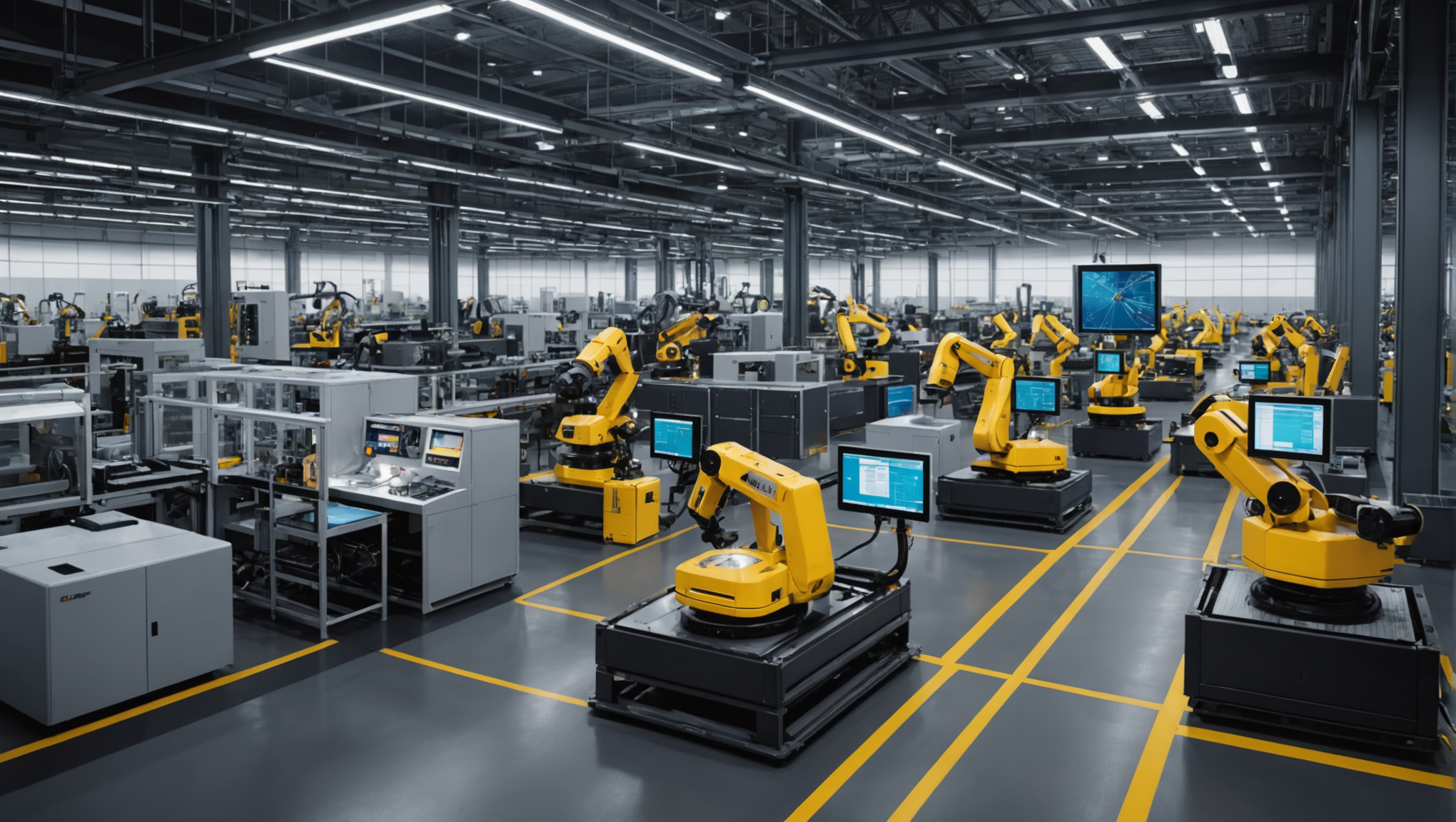Imagine a universe where every data point is analyzed instantly, thus propelling the efficiency of production processes to unprecedented levels. Edge computing stands as the catalyst of this technological revolution, offering solutions to optimize real-time data management. By bringing the processing of information closer to the sources themselves, this approach allows for a significant reduction in latency and improves the responsiveness of systems. In industrial sectors, the importance of data analysis near machines and sensors is felt increasingly. Experience shows that the use of real-time analysis not only transforms production but also decision-making, providing unprecedented visibility into operations. Whether for predictive maintenance, resource optimization, or quality tracking, edge computing plays a vital role in transforming the way companies manage their processes. This article examines the benefits and implications of this cutting-edge technology, which redefines the standards of modern industry.

In a world where data is generated at a dizzying speed, edge computing positions itself as a key element of modern IT solutions. By processing information close to its source, it enables the optimization of operations and informed decision-making in record time. This approach particularly revolutionizes the industrial sector, where the need for real-time analysis becomes crucial. Edge computing reduces latency, improves operational efficiency, and enhances the resilience of production systems.
Table des matières
ToggleThe Growing Importance of Real-Time Analysis
According to a recent study, about 70% of industrialized companies are seeking to implement edge computing solutions by 2025. Statistics show that the use of edge computing could lead to a reduction of 20 to 30% in data management costs. To fully grasp the impact of these technologies, let’s consider the example of an automotive production line.
In this reality, a modern factory equipped with IoT sensors and smart devices can collect thousands of data points per minute. By combining this data set with machine learning algorithms through edge computing, manufacturers can detect and resolve issues in real-time. A notable anecdote is that of an automotive giant that, thanks to the implementation of an edge computing solution, managed to reduce machine downtime by 25%. This underscores the importance of implementing this technology to optimize productivity.
Practical Strategies for Integrating Edge Computing
For companies to leverage edge computing, it is essential to adopt clear strategies. Here are some practical recommendations:
- Needs Assessment: Start by analyzing your data flows. Determine which information needs to be processed closer to the source to minimize latency.
- Collaboration with Experts: Engage specialists in IoT technologies and edge computing. Several companies are emerging in this field, offering tailored solutions for various sectors.
- Pilot Program: Before a large-scale deployment, test a solution in a controlled environment. A case study conducted by an auto parts manufacturer showed that implementing a pilot project could improve response to failures by up to 30%.
- Team Training: Investing in employee training is crucial. Ensure they understand the underlying technologies of edge computing, including IoT and data analysis.
- Strategic Partnerships: Form alliances with other companies specializing in edge computing. These collaborations can bring new perspectives and innovative solutions.

With such an approach, companies can hope not only to optimize their production but also to create a more agile and responsive environment in the face of market challenges. By integrating real-time analytics, edge computing thus becomes a catalyst for a new industrial era, characterized by increased productivity and unprecedented efficiency.
Digital transformation is not a choice but a necessity. A market report on IoT indicates that by 2025, the value of the edge computing market is expected to reach 43 billion dollars. The rapid adoption of this technology is undeniable, but it is essential to avoid hasty implementation. Each company must find a balance between technological innovation and operational pragmatism.
Download the “2024 State of Edge Computing” report to dive into these trends:
— Google Cloud (@googlecloud) August 9, 2024
– How decision-makers are investing in edge computing and AI over the next 24 months
– How AI, cloud, and edge computing unlock new use cases
– How to close skill gaps
+ more → https://t.co/J5B7Vq7W8K pic.twitter.com/Lq2q2IYtND
FAQ
What is Edge Computing? Edge Computing refers to a data processing architecture that occurs at the edge of the network, rather than in the cloud. This allows for reduced latency and quicker decision-making.
How does Edge Computing transform production? Edge Computing improves production by enabling real-time data processing which optimizes processes and helps diagnose issues immediately on site.
What are the benefits of real-time analysis? Real-time analysis allows companies to react instantly to events, improves product quality, and reduces costs associated with communication and processing delays.
How does Edge Computing impact the healthcare sector? In the healthcare sector, Edge Computing enables immediate analysis of medical diagnostics at the point of care, providing quick access to critical information for healthcare professionals.
Why is it essential to use analysis algorithms at the Edge? Using analysis algorithms at the edge of the network allows efficient processing of data near its source. This minimizes latency and improves system responsiveness.
What is the connection between Edge Computing and smart machines? Edge Computing enables smart machines to process data in real-time, thereby increasing their productivity and autonomy, thanks to decisions based on immediate information.
How can Edge Computing enhance the customer experience? By using IoT applications coupled with Edge Computing, companies can offer faster and more personalized services, thereby improving customer satisfaction and experience.





